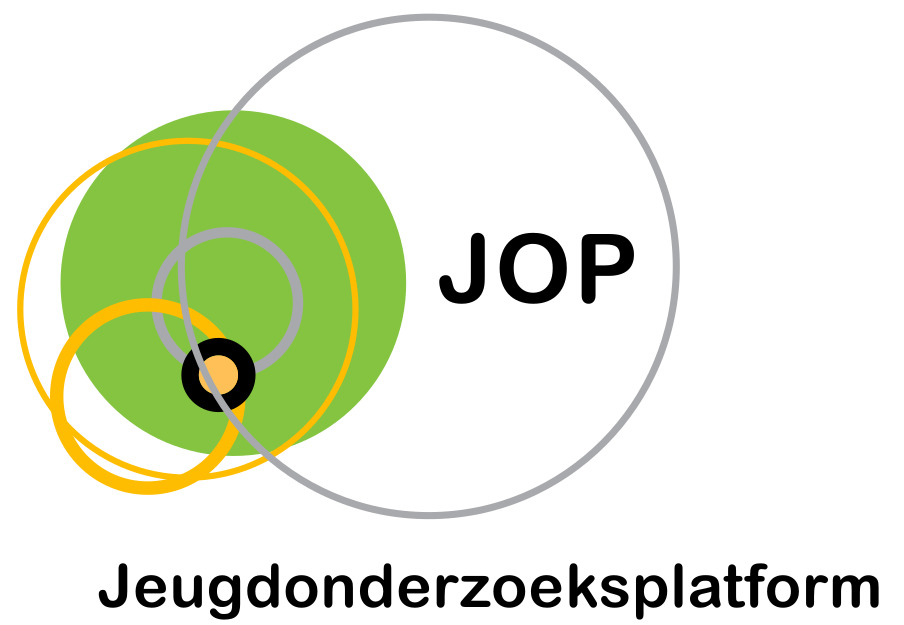Multiple languages, multiple identities? Children’s language characteristics and their ethnic and national identification
Auteurs
Dekeyser, G. N., Puschmann, P., & Agirdag, O. (2020)

Abstract
Steeds meer kinderen van etnolinguïstische minderheden in Europese steden groeien meertalig op en beheersen meer dan één taal. In de huidige publieke en politieke debatten wordt vaak geïnsinueerd dat het taalgedrag van deze kinderen een weerspiegeling is van hun identificatie met en integratie in de samenleving. Hoewel sommige empirische studies dit idee hebben bevestigd, hebben andere het betwist, wat suggereert dat een meer gedetailleerde analyse van het verband tussen identiteit en taal wenselijk is. Deze kwantitatieve studie onderzoekt of en hoe taalpraktijken, taalblootstelling en taalvaardigheden de identificatie met de meerderheidsgroep en de etnolinguïstische minderheidsgroep differentiëren bij een steekproef van basisschoolkinderen (N = 528; leeftijd 10-12) in Antwerpen, België. Onze resultaten suggereren dat identificatie met deze twee groepen afzonderlijke processen inhoudt en als zodanig helpt deze studie het gepolariseerde publieke en politieke debat in België over de rol van taal als indicator van integratie te nuanceren. Bovendien suggereren de bevindingen dat de essentialisering van taal binnen formele instellingen zoals scholen kan bijdragen tot het grote aantal kinderen dat zich sterk identificeert met de etnolinguïstische minderheidsgroep in vergelijking met het aantal kinderen dat zich sterk identificeert met België.
An increasing number of ethnolinguistic minority children in European cities grow up multilingual, being proficient in more than one language. Current public and political debates often insinuate that these children’s language behaviour is a reflection of their identification with and integration in society. Though some empirical studies have corroborated this idea, others have contested it, suggesting that a more detailed analysis of the identity-language link is advisable. This quantitative study investigates if and how language practices, language exposure and language proficiencies differentially shape identification with the majority group and the ethnolinguistic minority group among a sample of primary school children (N = 528; ages 10–12) living in Antwerp, Belgium. Our results suggest that identification with these two groups involves separate processes and as such, this study helps to nuance the polarised public and political debate in Belgium about the role of language as an indicator of integration. In addition, the findings suggest that the essentializing of language within formal institutions such as schools, may contribute to the large share of children reporting that they strongly identify with the ethnolinguistic minority group as compared to the number of children strongly identifying with Belgium.
Referentie
Dekeyser, G. N., Puschmann, P., & Agirdag, O. (2020). Multiple languages, multiple identities? Children’s language characteristics and their ethnic and national identification. Language, culture and curriculum, 33(4), 368-383.
Taal
Engels
Publicatievorm
Trefwoorden
Identificatie; Kinderen; Meertaligheid; Taalpraktijk; Taalblootstelling; Taalvaardigheid
